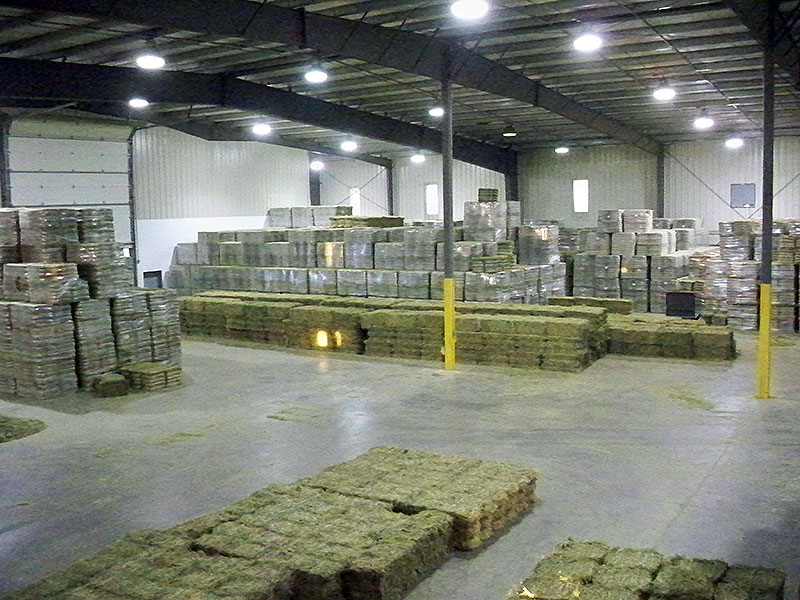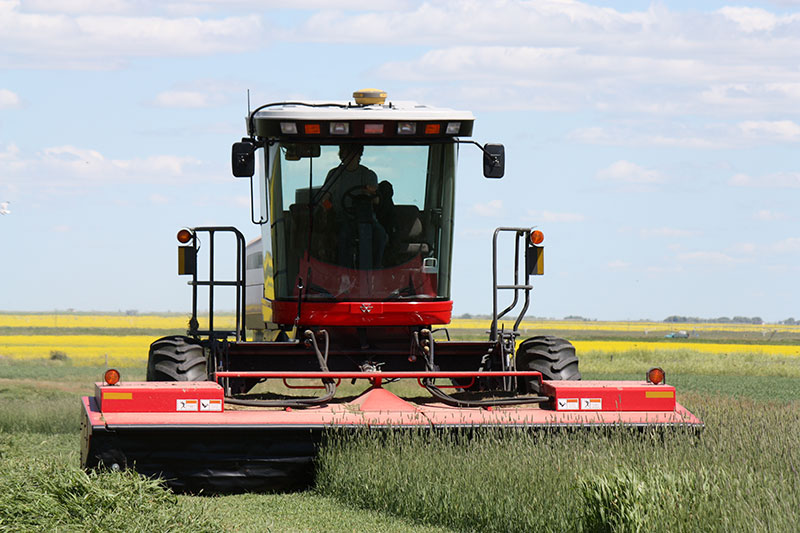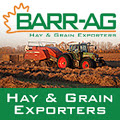Timothy hay, (Phleum pratense), is the only species within its genus-Phleum- of substantial importance economically. This perennial bunchgrass, referred to as a cool-season, cold-tolerant grass, possesses a life span ranging from moderate to long. The plant’s shallow root system is located in the first 30 centimetres of soil (Gesshe, 1994) though roots have been found much deeper in feral timothy where soil and other conditions are optimal and the plant has been left undisturbed.
With long, straight stems, timothy hay reaches a height of between 1 and 1.5 metres when fully mature. (Gesshe, 1994) At the base of the stem is a bulbous looking structure known as a corm. The corm’s chief purpose is the storage of sugars which it then uses to provide the nutrition for the production of new shoots. As this new secondary crop begins to develop, it begins to take root and forms new secondary corms. From these secondary corms arises yet another set of shoots-the stage at which the plant will over-winter.
The plentiful amount of basal and stem leaves renders timothy a productive hay crop. The leaf blades of the timothy plant are flat and the seed head, which is cylindrical in shape, is located at the top of the stem. The seeds themselves are shaped like a short grain of rice encased in a hull. The hulls are compacted together in the head which can grow to be a full 15 centimetres in length (Gesshe, 1994).
Timothy possesses outstanding winter hardiness both as a seedling and an established plant and thrives in temperatures between 15 and 21ºC. While the plant is tolerant to acidity, timothy’s optimal pH soil environment is within the 5 to 7 range and it does not do well in soils that are alkaline or saline. Timothy is well adapted to heavier textured black, grey and organic soils and requires limited fertilization. With poor tolerance for flooding and even poorer tolerance for drought, timothy is well suited to the 45 to 55 centimetre precipitation zone found in western and northern Alberta. (Gesshe, 1994)
There are many varieties of timothy which are classed as being: early, very early, midseason or late. At Barr-Ag, we grow 2 styles of timothy hay. We take 2 cuts from the early maturing variety which is grown on our irrigated farm in southern Alberta. Our late maturing variety is grown on dryland on our other farms near the eastern slopes of the Canadian Rocky Mountains.
Barr-Ag’s head office is located at 5837 Imperial Drive, Olds, Alberta, Canada, T4H 1G6. Please visit our website(link to home page) or call or write if you have any questions about our timothy hay, non-GMO alfalfa hay or any of our other products. We can be reached by telephone at: 403 507 8660 or by email at: [email protected] or [email protected] .
References
Agriculture Canada (1978) Timothy: High-Quality Forage for Livestock in Eastern Canada
Casler, Michael, D., Kallenbach, Robert, L. (2007). Forages: The Science of Grassland Agriculture Vol II
Gesshe, Ray, Foothills Forage Association (1994). Timothy Production Handbook
Langer, R.H.M. (1973). Pastures and Pasture Plants








